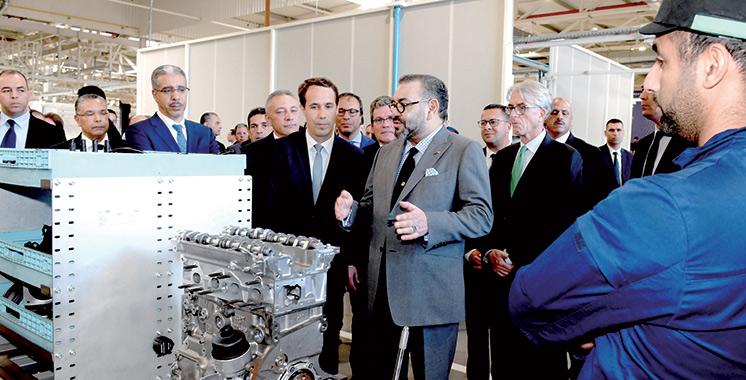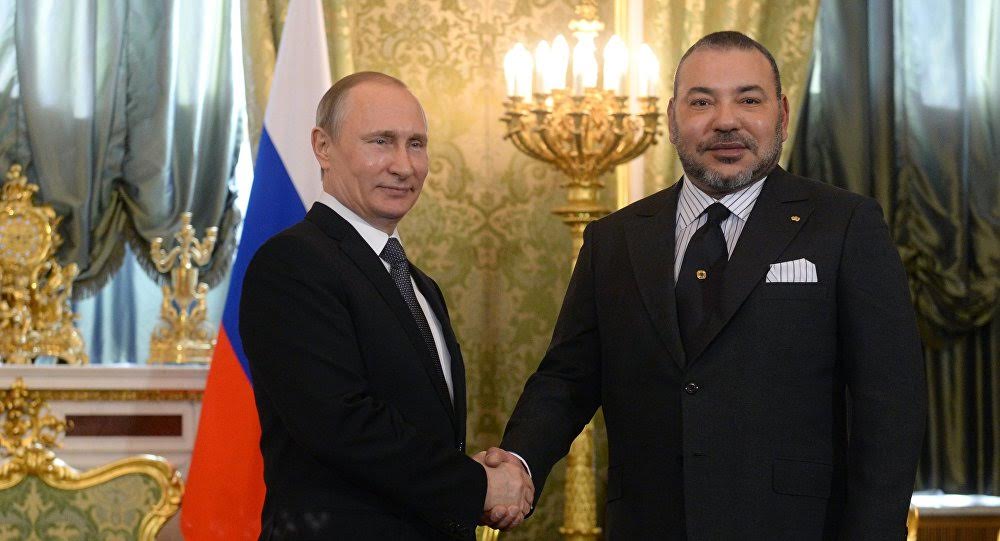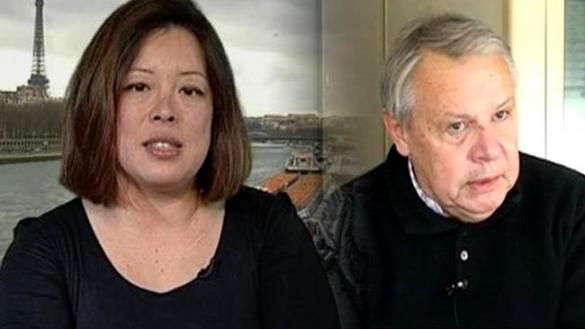Twenty-five years ago, no one would have imagined that Morocco’s top exports would be cars. Morocco’s GDP, thanks to the King’s far-sighted approach, has more than doubled in a tough environment reaching some $130 billion, thanks to different economic policies spurred by the King.
Industry has helped Morocco reduce dependence on the climate-vulnerable farming sector. With an industrial acceleration plan that promoted investments in the automotive and aerospace sector, Morocco managed to offset the impact of drought on growth.
This year, despite the sixth consecutive dry year, Morocco’s economy is still expected to grow 3%, according to the planning agency, which expects a rise in manufactured goods.
Automotive
Building on its location on the crossroads between Africa and Europe, Morocco- under the reign of King Mohammed VI- attracted investments by French giants Renault and Peugeot, which set up plants in Tangier, Casablanca, and Kenitra.
The Kingdom also invested in world-class infrastructure, such as the Tangier Med port- the largest in the Mediterranean and Africa- to allow better access of automotive investors to global markets.
Morocco’s Free Trade Agreements with major markets in Europe, the Middle East and the US, encouraged further investments by parts manufacturers and electric battery supply chain, positioning the kingdom as one of the most competitive automotive industry destinations, almost on par with China.
By 2026, Morocco, already Africa’s top car producer, would be able to double its current production capacity to 1.5 million cars, according to industry minister.
The country’s automotive sector is also preparing for the shift to electric mobility. The recent announcement of a $1.3 billion gigafactory to be built by EV battery maker Gotion High Tech is part of that momentum.
Gotion’s investment is the largest in the EV battery field in Morocco, where other Chinese manufacturers have already announced big plans.
In May, Chinese auto battery manufacturers Hailiang and Shinzoom announced two separate plans to produce copper and anodes respectively for a combined total nearing 1 billion dollars in Tanger Tech.
In April, BTR New Material Group signed a deal with the Moroccan government to set up a cathodes plant, critical to EV battery manufacturing.
In September last year, CNGR Advanced Materials partnered with Moroccan private investment fund Al Mada to build an electric vehicle battery plant in Jorf Lasfar worth 2 billion dollars.
Besides phosphates, Morocco is rich with cobalt, a critical requirement in EV battery manufacturing.
Aerospace
Morocco’s aerospace industry sector is also thriving with 142 companies operating in the kingdom. They employ 20,000 people with a total output of $2 billion.
The aerospace industry cluster in the country moved from sample wiring industry to producing more sophisticated engine parts.
Officials say the country is well-positioned to host a whole airplane assembly plant, thanks to the existence of suppliers at all levels, providing parts to world giants such as Airbus, Boeing, and Safran.
Fertilizers
Morocco has developed its phosphates-related industries to become the largest fertilizer exporter in Africa.
State-owned company, OCP, expects to produce 20 million tons of fertilizers by 2027, from 12 million in 2022.
To do that, the company is investing in green ammonia and desalination along with the establishment of production and blending units across the continent.
Sovereignty
In the wake of the Covid pandemic, King Mohammed VI urged industrial sovereignty to ensure availability of vital goods, such as medicine.
The country has invested in producing vaccine and vital medicine. Now, 70% of the medicine used in Morocco are locally produced, according to official data.
Investments in medicine and vaccine, enable Morocco to build strategic stockpiles and export surplus to African markets, while reducing prices locally to Moroccan patients.



